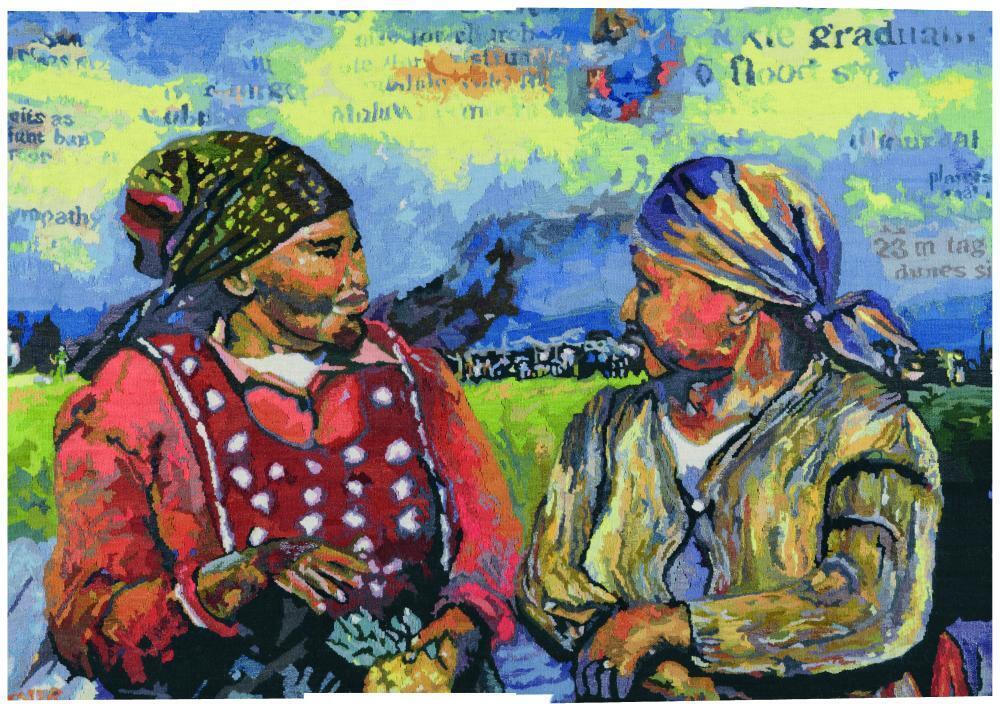Willie Bester
| Artist Name: | Willie Bester |
| Nationality: | South African |
| Year of birth: | 1956 |
| Artist information: | Willie Bester, an internationally renowned anti-apartheid activist, was born in 1956 in Montagu, Western Cape, to a Xhosa father and a mother classified as Coloured. As a result of the convoluted language of apartheid, he was classified as 'other coloured'. Bester began making art at a young age using materials found in his local environment. Due to the Group Areas Act, Bester was obliged to leave school at the age of 10 to financially assist his family. He was ‘drafted’ into the Eersterivier Cadet Rehabilitation Centre, where he was forced to do army training in a racially prejudiced institution. At the age of 30, Bester began taking part-time classes at the seminal Community Arts Project (CAP) in District Six, Cape Town. In the midst of the heightened political resistance of the mid-1980s, Bester found an intellectual home in the network of socially committed artists with whom he became acquainted. His painting became a vehicle for him to communicate his developing political conscience. As a member of this artist collective, Bester was active in the anti-apartheid campaign. He perfected his skill and became well-known for his mixed media masterpieces, which included discarded objects, oil paints, and photographs, many of which he took. He addresses a variety of issues in his work, including forced removals, township life, gender inequality, and the brutalisation of South African society. His multilayered technique is exemplified in his Tribute to Steve Biko (1992), which uses vivid imagery to convey the essence of apartheid violence. Bester held his first solo exhibition in 1982 after rediscovering his love of art and becoming a professional artist in the early 1990s. He was the recipient of the French Prix de l'Aigle in 1992 for most original work. He was also awarded for excellently contributing to the art of mixed media paintings, canvas assemblages, and metal sculptures by The Presidency of South Africa. In recent years, Bester has focused on modern issues that stem from post-apartheid South African challenges such as crime, greed, poverty, and corruption. For him, the struggle against apartheid was primarily about humanity and human rights, which he continues to be vigilant about. Bester lives with his wife Evelyn and their three children in Kuilsrivier, outside Cape Town, in a house that is a true extension of his art. Sources: https://zeitzmocaa.museum/artists/willie-bester/ [Accessed 16 August 2024] https://www.thepresidency.gov.za/willie-bester/ [Accessed 16 August 2024] |
